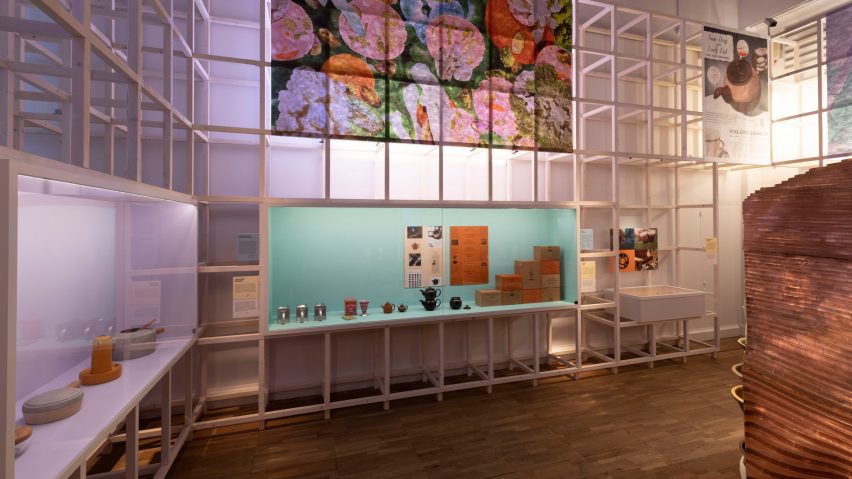
"We all have a stake in the future of food" say curators of V&A's Bigger than the Plate exhibition
London's V&A shows what the future of food could look like in its latest exhibition Food: Bigger than the Plate, which takes visitors through a full food cycle from compost to plate.
The show is structured into four parts – compost, farming, trading and eating – in a bid to give visitors a sense of where they might fit into the food system, and where they stand in the ongoing debates about the future of food.
From cheese made from celebrity bacteria to mushrooms grown from coffee grounds taken from the V&A cafe, the show includes over 70 projects by artists and designers working with chefs, farmers, scientists and local communities.
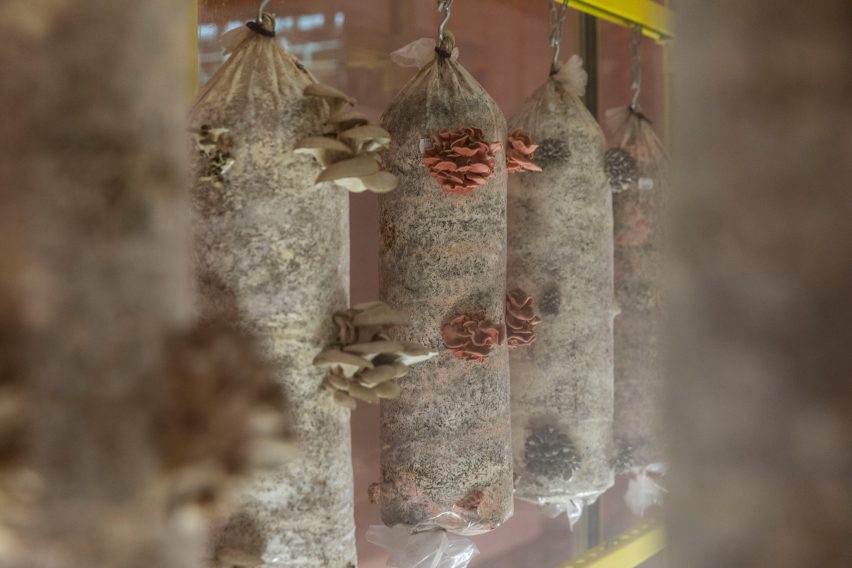
"Food is one of the most powerful tools through which we shape the world we live in, from how we create society, culture and pleasure to how we determine our relationship with the natural world," said co-curators Catherine Flood and May Rosenthal Sloan.
"In an era of major ecological challenges, fast-changing societies and technological re-invention, now is a crucial moment to ask not just what will we be eating tomorrow, but what kind of food future do we want? What could it look like? And taste like?" they continued.
The museum hopes to encourage visitors to think about how the collective choices they make can lead to a more sustainable and fair food future.
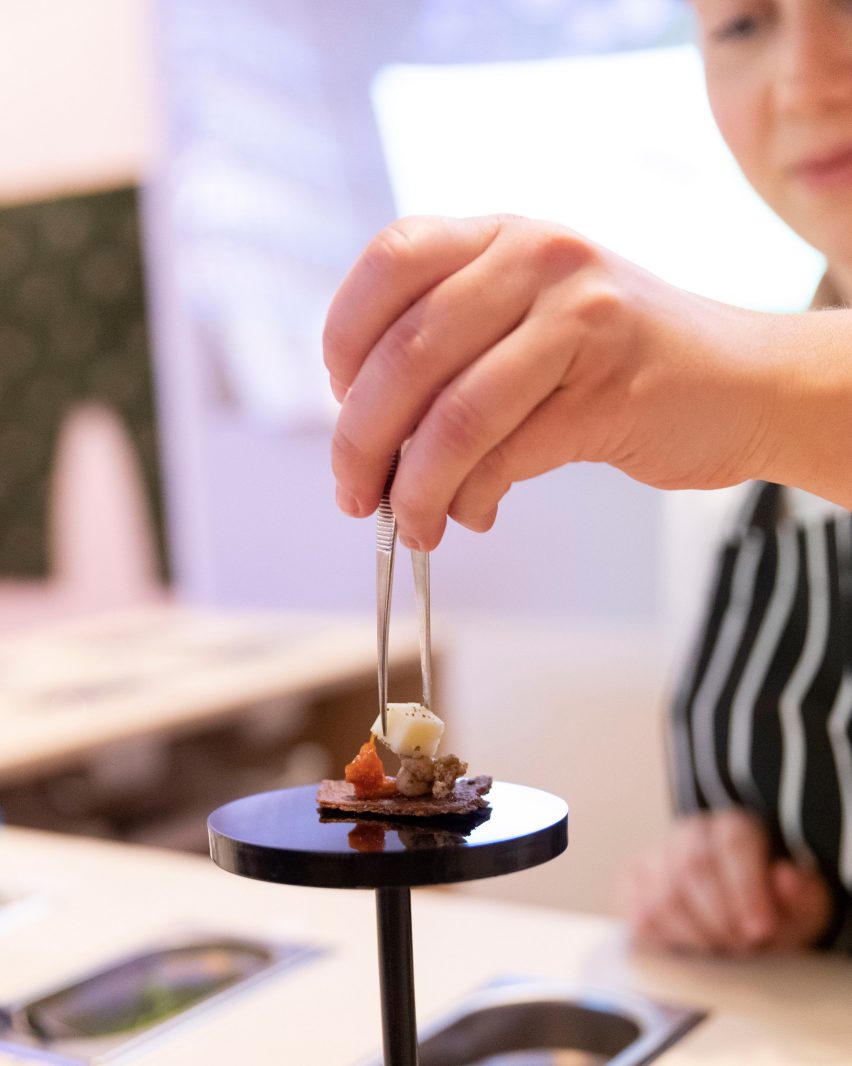
"It's easy to feel that decisions about the future of food are being made behind closed doors by politicians or corporations," Sloan told Dezeen. "What we're saying is that we all have a stake in this – we all eat every day and we need to diversify the voices in the debates."
"We're not being didactic about what the future of food should be, or making judgments about what people should eat," she continued.
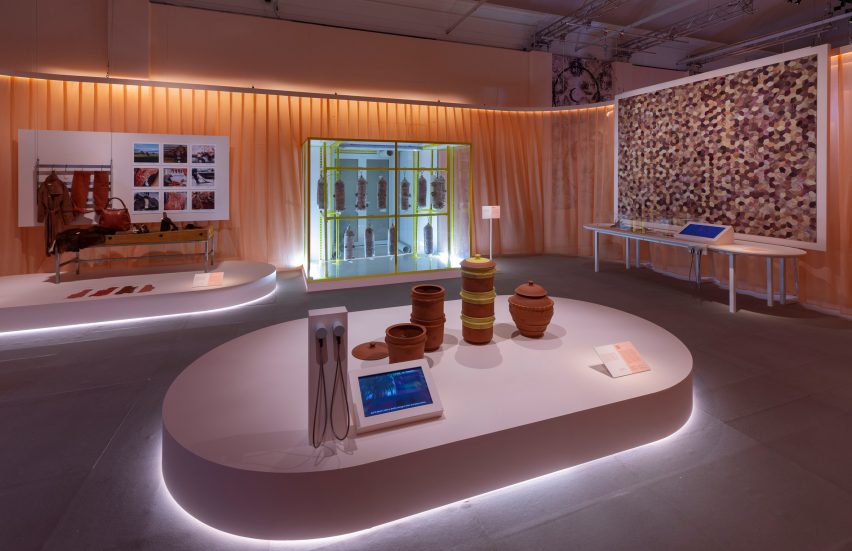
The opening Compost section presents the idea that if you are a consumer you are also a producer. It aims to shift our perception of waste by exploring the ways it can be transformed from a polluting substance into a material used to create meaningful, beautiful and useful objects.
Exhibits include Fernando Laposse's Totomoxtle project, which sees the Mexican designer transform discarded husks of colourful heirloom corn varieties into a marquetry material.
GroCycle's Urban Mushroom Farm installation demonstrates a circular economy system by using waste coffee grounds taken from the V&A cafe to grow edible oyster mushrooms. Once fully grown, these will be harvested in front of visitors and served in some of the cafe's dishes.
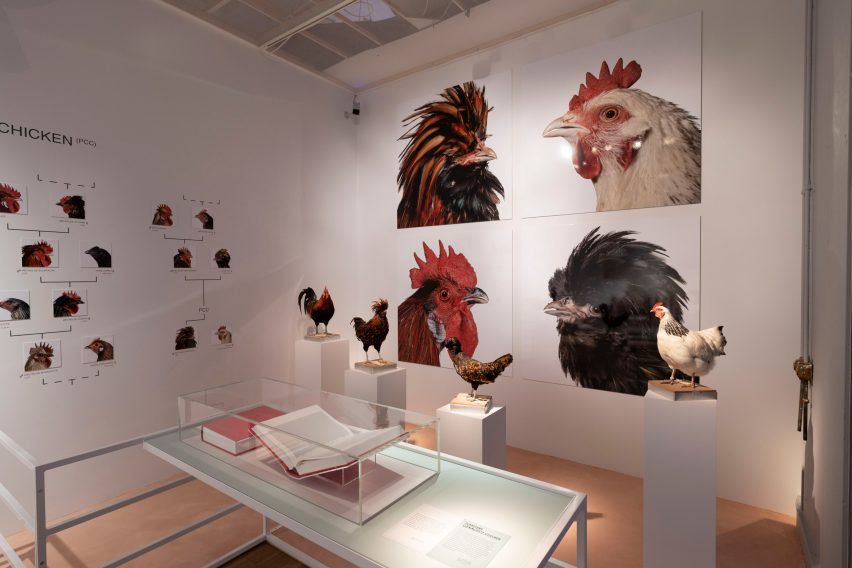
The Farming room aims to show how we can reinvent our relationships with the landscapes, organisms and people that yield our food.
This includes a working version of MIT's Food Computer – an open source platform and growing chamber that replicates natural conditions to enable users to grow crops in unexpected places – and Koen Vanmechelen's Planetary Community Chicken project.
Vanmechelen presents results from a 20-year-long project of cross-breeding chickens from different countries in a bid to broaden the genetic diversity of birds to make them more resilient, live longer and are less prone to disease.
"This is a really beautiful example of science following art, and how creative energy can end up with really tangible, practical results," said Sloane about the project.
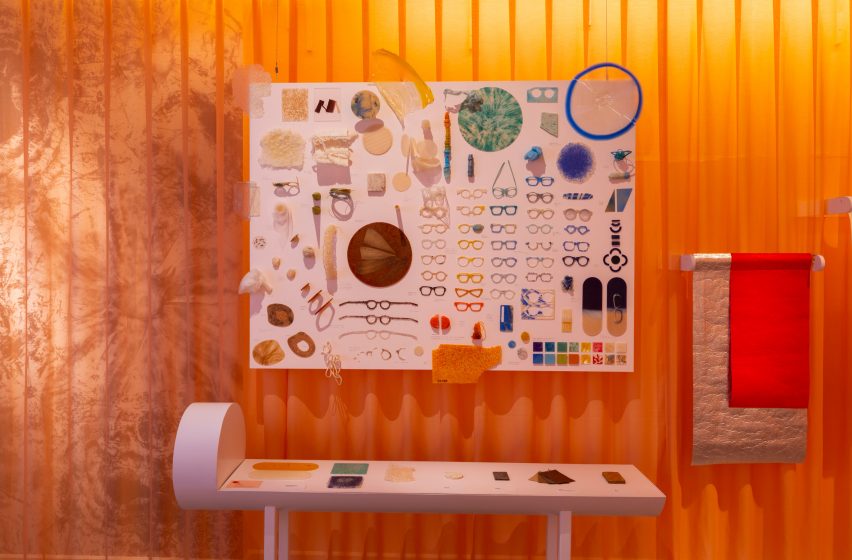
Leading on from this is the Trading section of the show, which delves into the history of supply chains and asks how industries can be more transparent in the marketing and packaging of their food.
Over 30 objects from the V&A collections are displayed, including early food adverts, illustrations and ceramics, to show how branding has developed over the years.
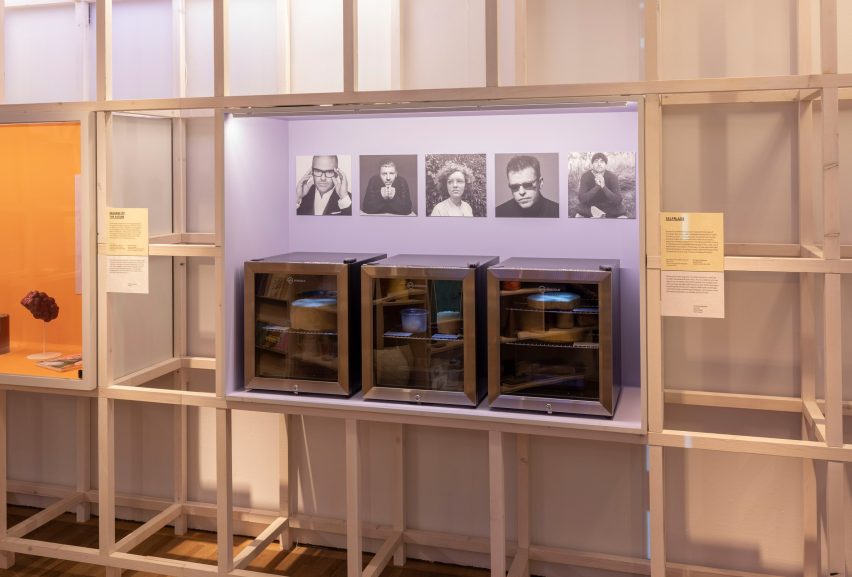
The final section, Eating, illustrates the role of the table, bringing together scientific experiments, ingredients and recipes that push the boundaries of cooking to show how rituals of making and eating can connect us culturally, socially and politically.
Carolien Niebling's Sausage of the Future makes an appearance, as does Christina Agapakis and Sissel Tolaas' Selfmade project, which sees the duo grow cheese using bacteria taken from the ears and belly buttons of celebrities like British rapper Professor Green and chef Heston Blumenthal.
"The exhibition isn't a survey of current innovations in food – we've selected projects that are about pushing our imaginations beyond innovations that simply deliver more of the same," said Flood.
"We were motivated by the shift in designers from making more 'things' for an oversaturated market to wanting to make meaningful interventions in the world that affect how we live and operate," Sloan added.
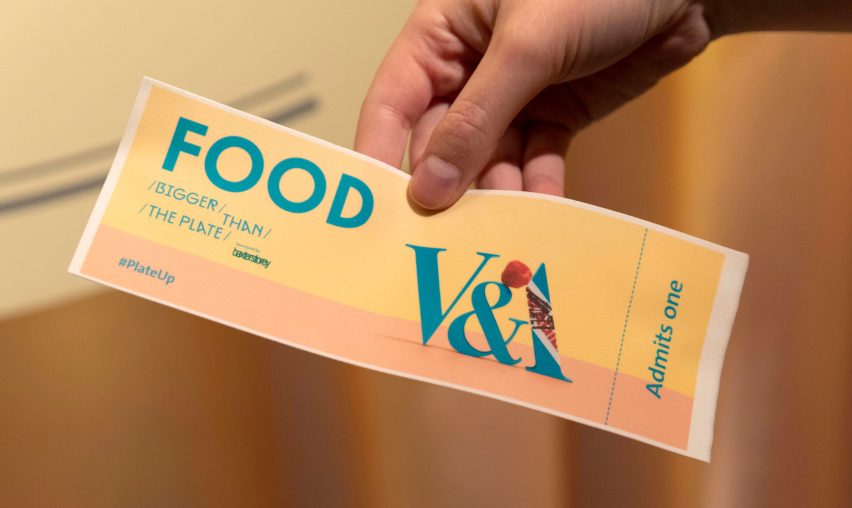
To mark the opening of the exhibition on 18 May, the first 200 visitors will be given edible tickets made from icing sugar.
The exhibition also includes a travelling food cart by Center for Genomic Gastronomy, which provides each visitor with a unique canapé based on their answers to a quiz on what food future they would like to see.
Other designers also shaping the future of food include Julia Schwarz, who used a mossy fungus to make nutritional food products for use after an apocalypse or for life on mars.